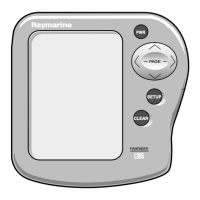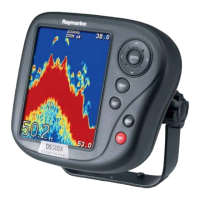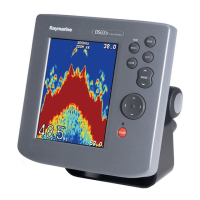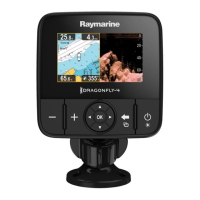What to do if my Raymarine Fish Finder will not boot up?
- SsleeAug 6, 2025
If your Raymarine Fish Finder won't boot up and is stuck in a re-boot loop, the issue may stem from the power supply and connection. Refer to the solutions for the problem 'Product does not turn on or keeps turning off'. Alternatively, software corruption could be the cause. In that case, try re-flashing the latest software from the Raymarine website. As a last resort, for display products, you can perform a 'Power on Reset,' but be aware that this will erase all your settings, presets, and user data, reverting the unit to its factory defaults.





